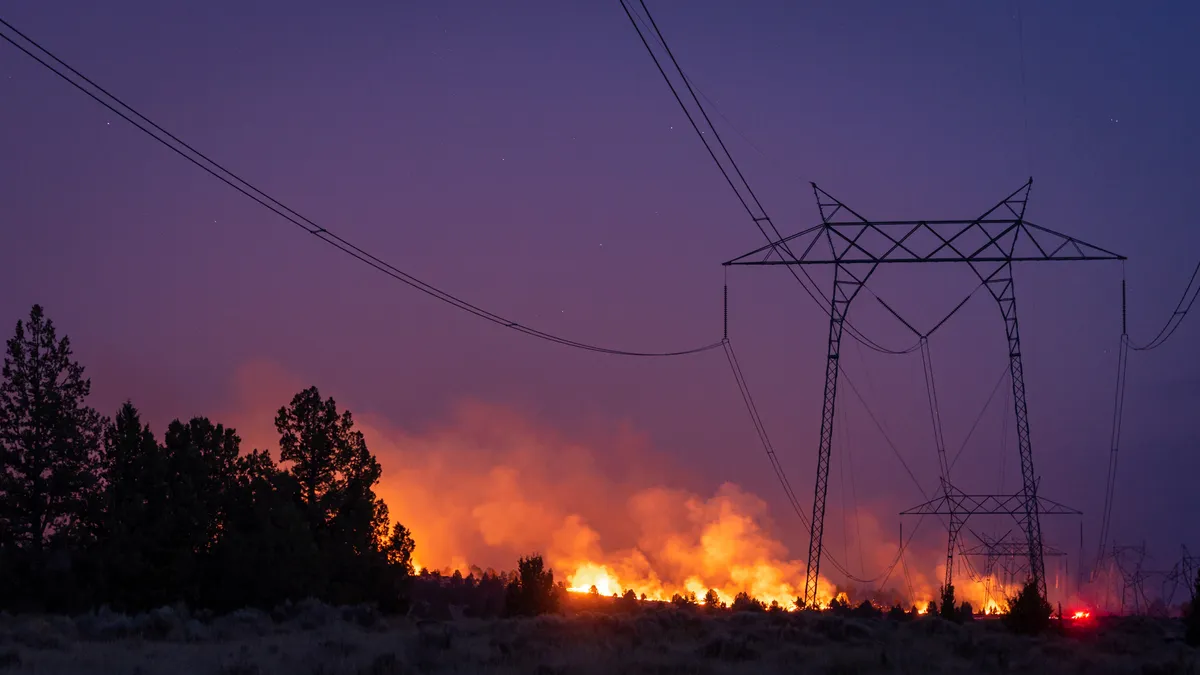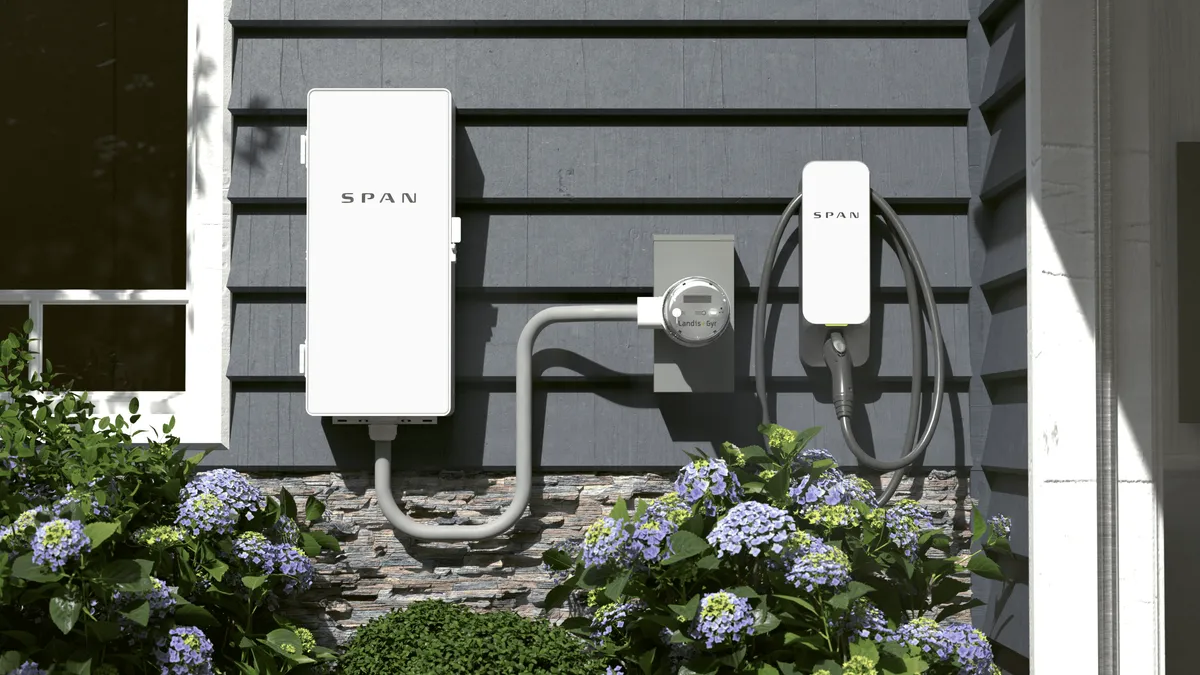The following is a contributed article by Travis Kavulla, vice president of regulatory affairs at NRG Energy.
Today, Maryland will see an important rule change go into effect, which both empowers customers and increases the accountability of energy suppliers. In adopting this change, the Maryland Public Service Commission is fixing a design flaw that has thwarted innovation in competitive retail energy markets since they began.
The policy is marvelously simple. Allow direct relationships between consumers and energy suppliers through the only thing many customers pay attention to — their bill.
About half the states have de-monopolized energy, allowing customers to select an electricity or gas supplier other than their incumbent utility. But in most of those places, charges for energy supply are rolled into a bill that is branded under, and sent by, the incumbent utility that remains responsible for collecting all charges. The energy supplier's charges are relegated to small text on the second, third or fourth page.
"Wait, I'm confused," you may say. "It's a competitive market but the competitors can't bill their own customers?" Alas, that is correct. Billing usually remains a function undertaken by the utility — known as "utility-consolidated billing." It makes about as much sense as customers who choose Walmart or Target getting their bill from the United States Postal Service.
There are several reasons why supplier-consolidated billing is superior to utility-consolidated billing. Utility-consolidated billing is a lost opportunity to reinforce with customers that they are empowered to choose. For a product as important but invisible as energy, reminders of choice are an important frame for a healthy market.
The benefits of competition rely on customers who know they have the power to shop, and who are aware of who is supplying their energy. This winter has provided us with an object lesson. Customers who failed to shop are likely experiencing higher gas rates tied closely to the spot market — when they could have locked in a more favorable price in the fall. But the impetus for shopping is diminished if the act of shopping leads to no perceptible change in a customer's bill. It's a "choice architecture" of government's making, to use the Nobel laureate economist Daniel Kahneman's term, which by default encourages people not to shop.
Second, utilities — really, utility customers — have spent fortunes on advanced meters that were promised to transform the retail customer experience. By and large, they have not. As former FERC Commissioner Rob Powelson once opined while still serving on the Pennsylvania PUC, "To be frank, it is pointless to have smart meters if you are still going to have dumb rates." And yet that is where we are stuck.
It is difficult for a supplier to show innovative rate plans in a graphically catching way when the utility — through its billing function — controls the suppliers' representation on customers' bills. As a time-of-use customer myself, I have to do additional math every month to figure out aspects of the deal that would ideally be represented on my bill. Advanced meters' primary function is to increase the data transited between the supplier and the customer. Keeping the regular means of conveying that data in the hands of a single monopoly impedes that function.
Third, there is a seminal question of utility regulation: who bears the risk? In a world where utilities do all the billing, they assume the receivables of suppliers and are responsible for making collections from customers. The risk of customer non-payment gets socialized to everyone else. By contrast, when suppliers are responsible for billing customers, they and their shareholders pay the tab for uncollectible expenses related to their supply costs.
Finally, supplier-consolidated billing is an important customer protection. A variety of complaints over the years have focused on suppliers hoodwinking customers into products they did not agree to sign up for. That behavior is deplorable and should be regulated out of the market. An easy way to help do that is supplier-consolidated billing. If a customer gets a bill from a completely new entity, that's a red flag. Getting data substituted on the back page of a utility's bill has low visibility, and customers may not notice.
That brings us back to Maryland. It's taken a long time for a 2017 petition for supplier-consolidated billing to germinate into an approved rule in 2022. While electronic data interchange and other IT issues must still be worked out, implementation is pegged to the end of 2023. However, that's still progress. Maryland is the first northeastern jurisdiction to join an unlikely trio of others — Georgia for gas, Texas for electricity and Alberta, Canada for both — to adopt this innovation.
Other regulators should follow Maryland's example: one that has regulators opening space for innovation in the only information most customers ever read about our sector: their bill.






















